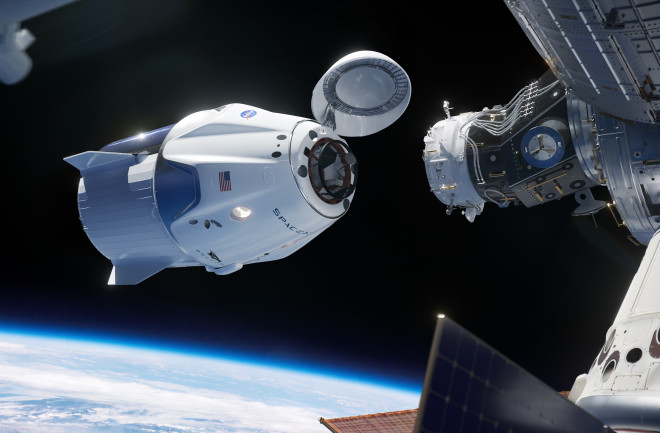Since the end of the space shuttle program in 2011, the U.S. has used Russian Soyuz spacecraft every time it wants to, well, shuttle humans to and from space. While NASA is busy working on its own solution, the agency has increasingly turned to private companies, such as Elon Musk’s SpaceX, to cover its off-planet transportation needs.
SpaceX's Crew Dragon Faced a Bumpy Road to Launch
#12 in our top science stories of 2019.
By Korey Haynes
Dec 29, 2019 4:00 PMJan 10, 2020 9:48 PM

The SpaceX Crew Dragon docks at the International Space Station in this artist’s illustration. (Credit: SpaceX)
Newsletter
Sign up for our email newsletter for the latest science news
0 free articles left
Want More? Get unlimited access for as low as $1.99/month
Stay Curious
Sign up for our weekly newsletter and unlock one more article for free.
View our Privacy Policy
Want more?
Keep reading for as low as $1.99!
Already a subscriber?
Find my Subscription
More From Discover
Stay Curious
Subscribe
To The Magazine
Save up to 40% off the cover price when you subscribe to Discover magazine.
Copyright © 2025 LabX Media Group
